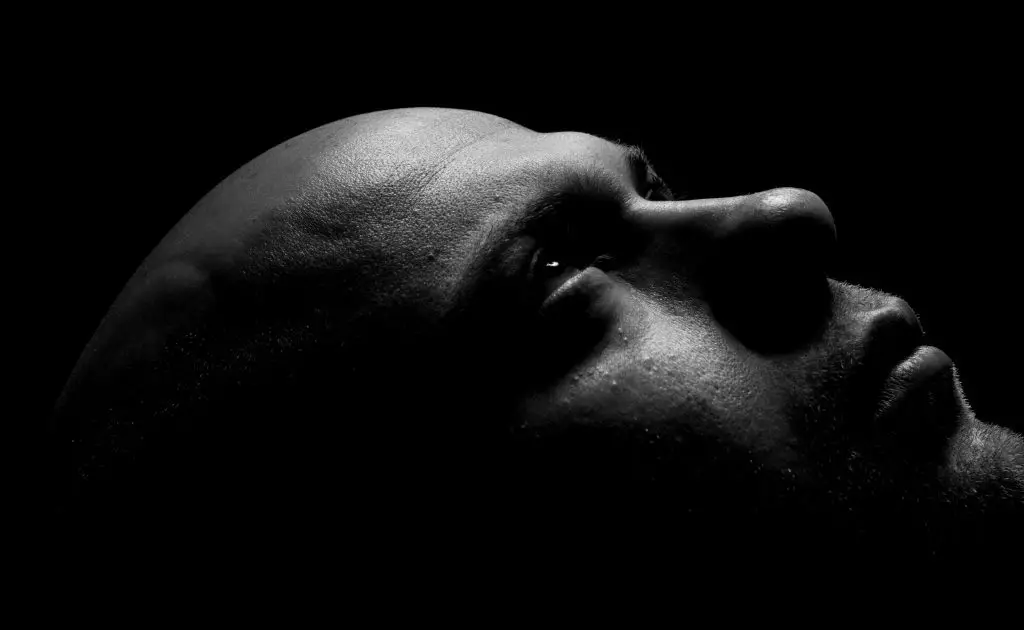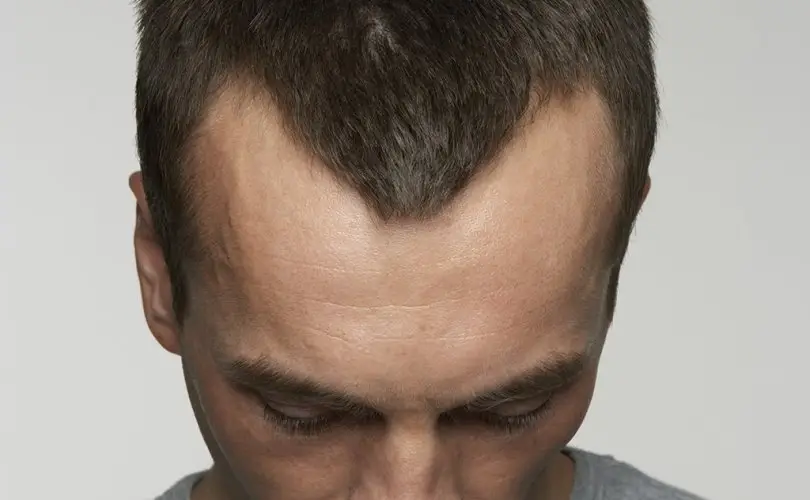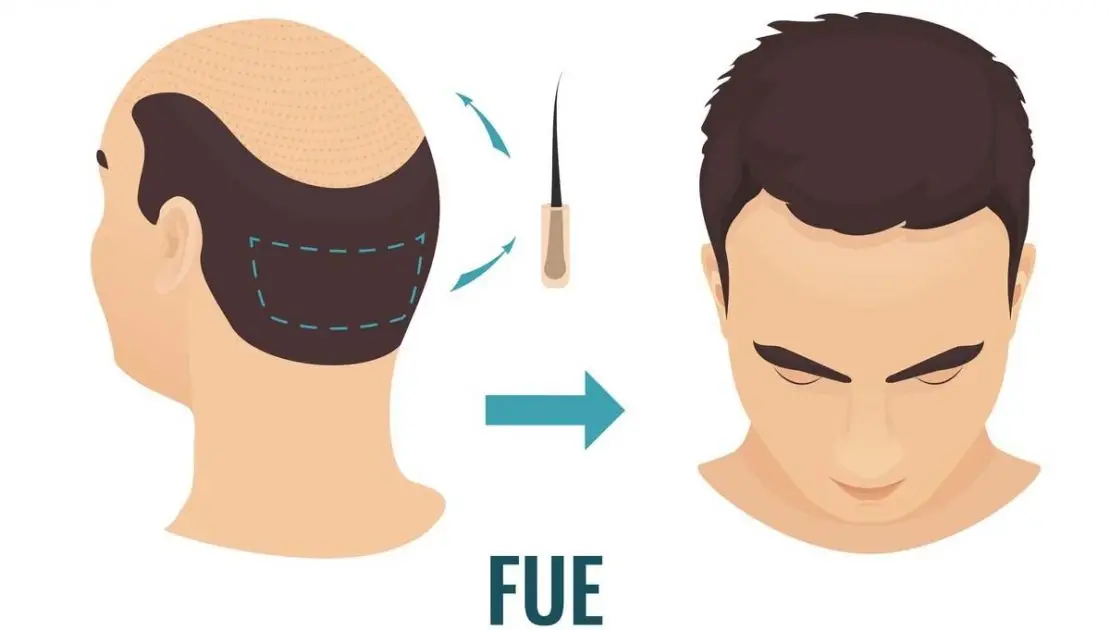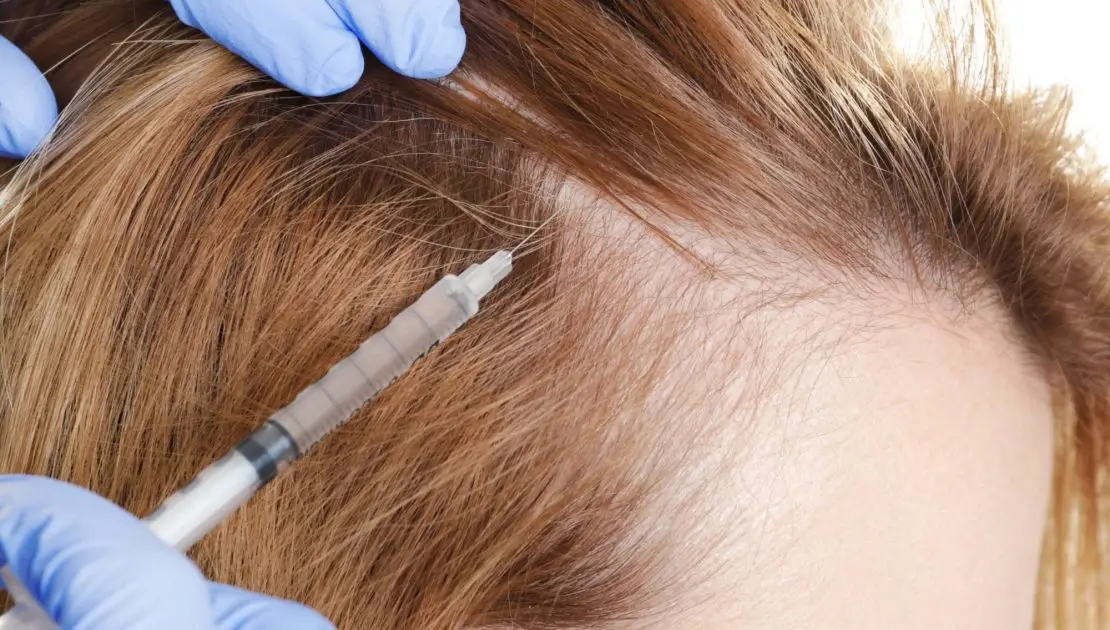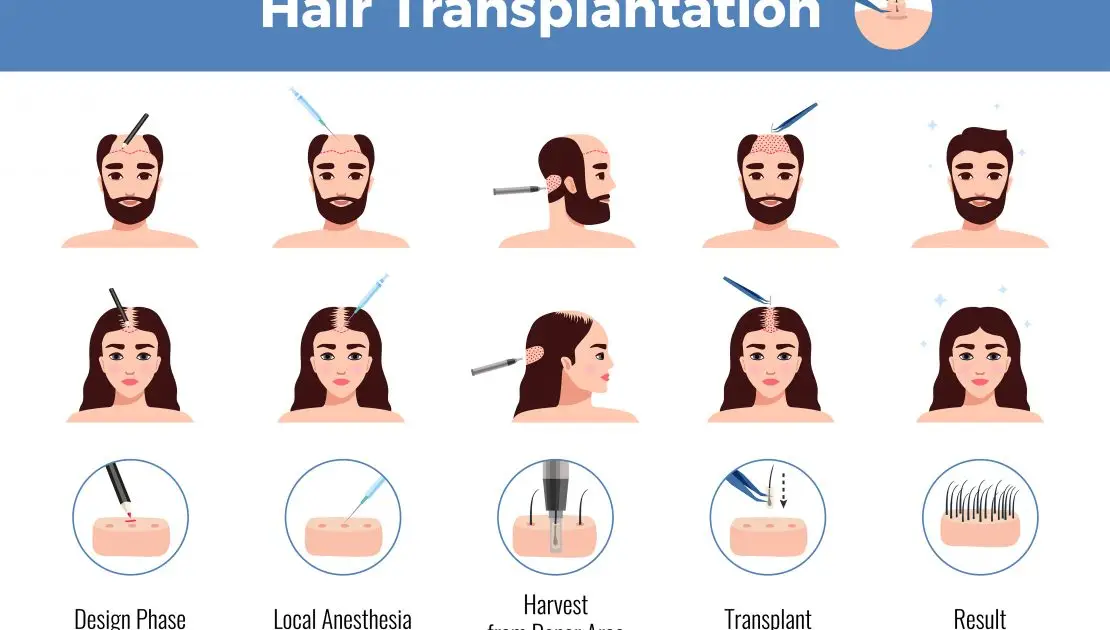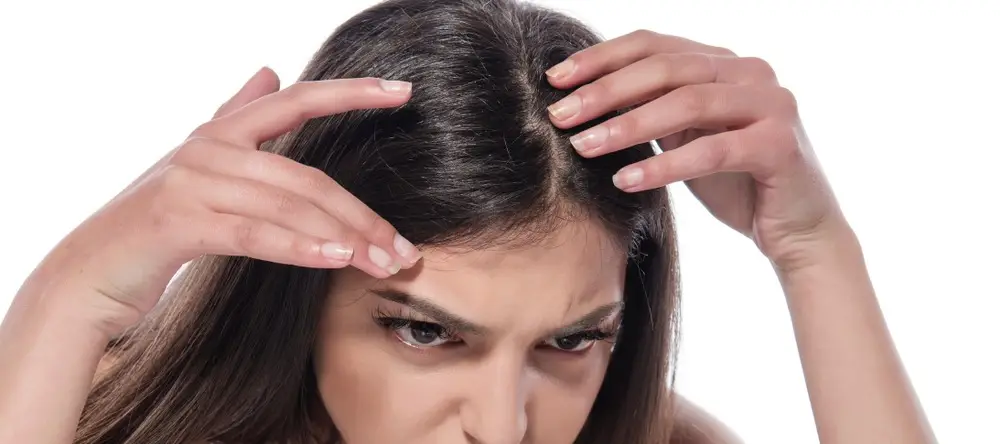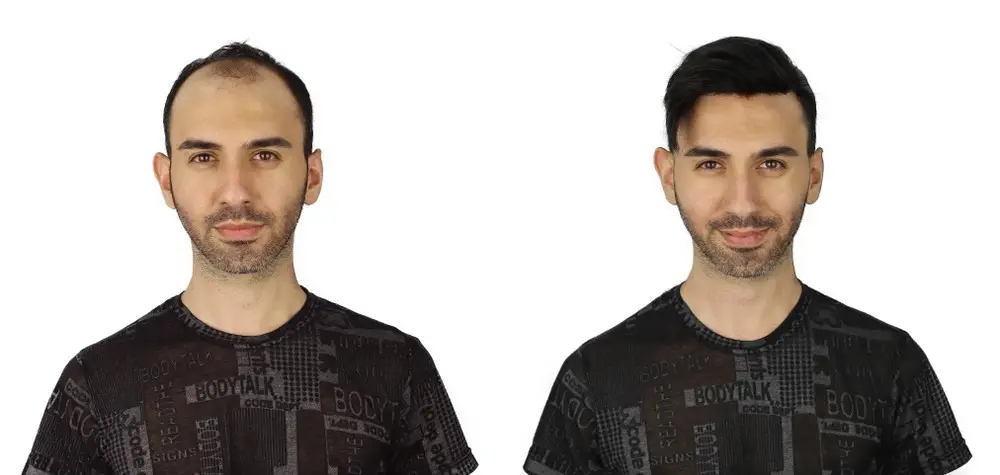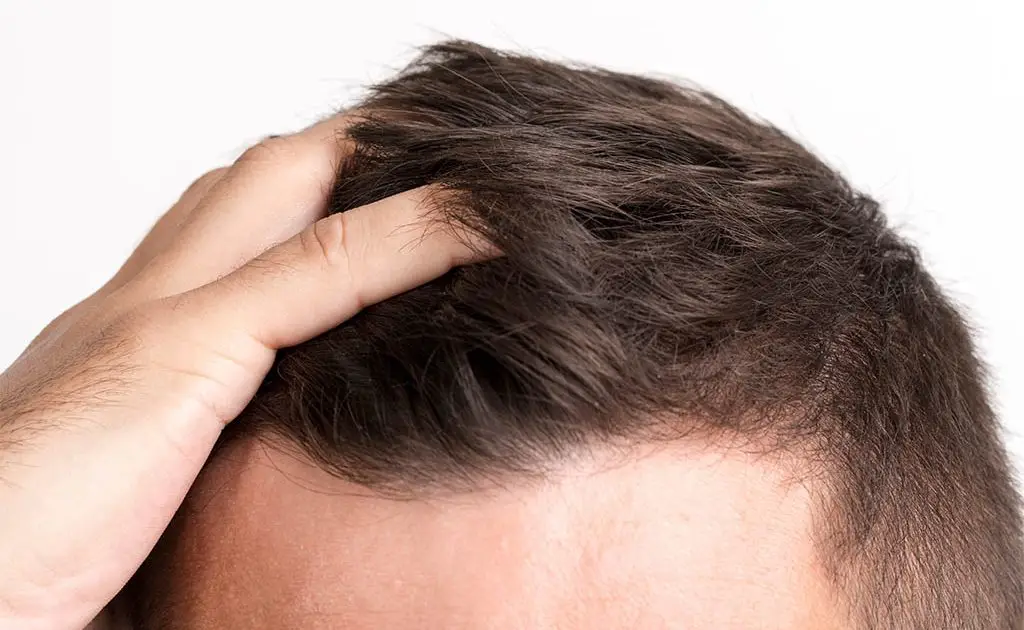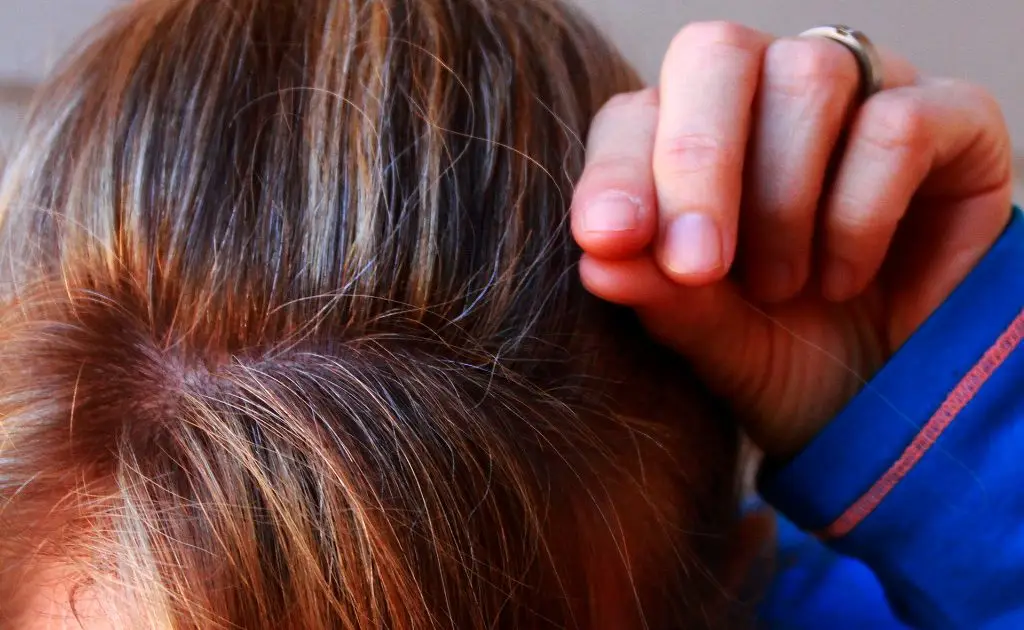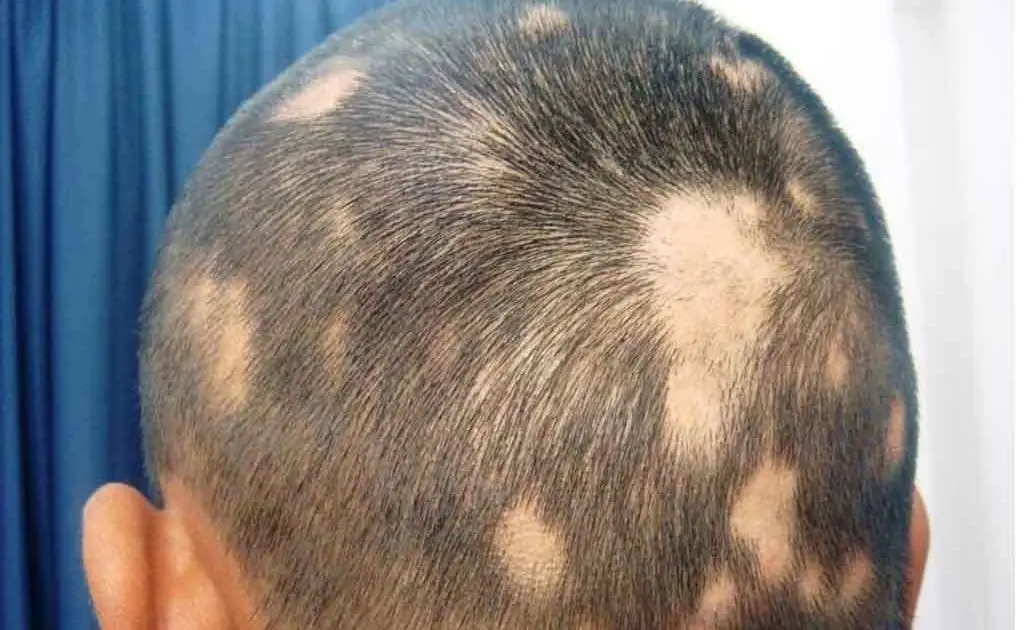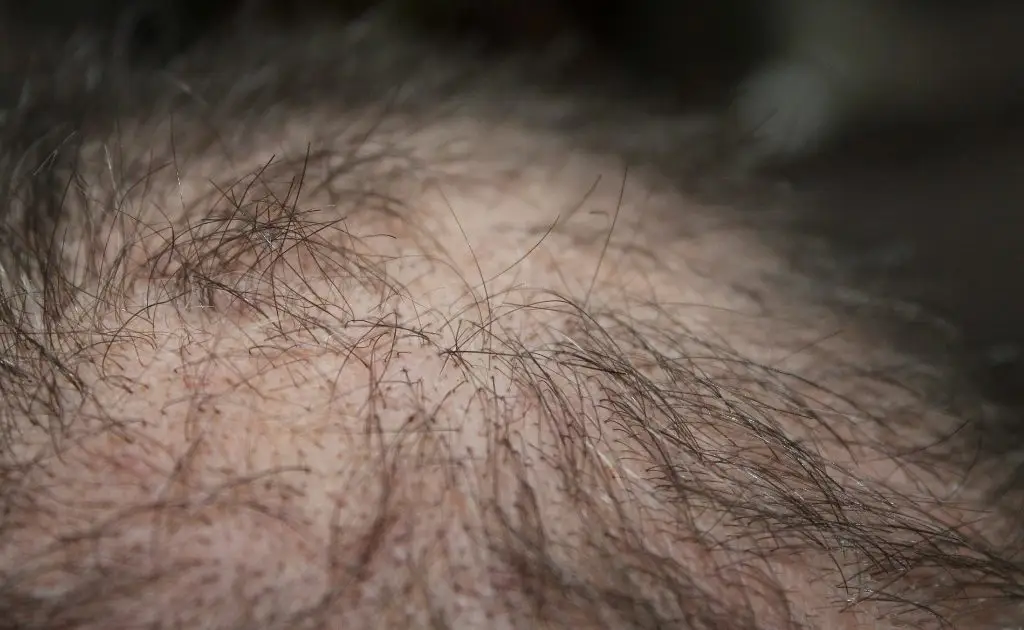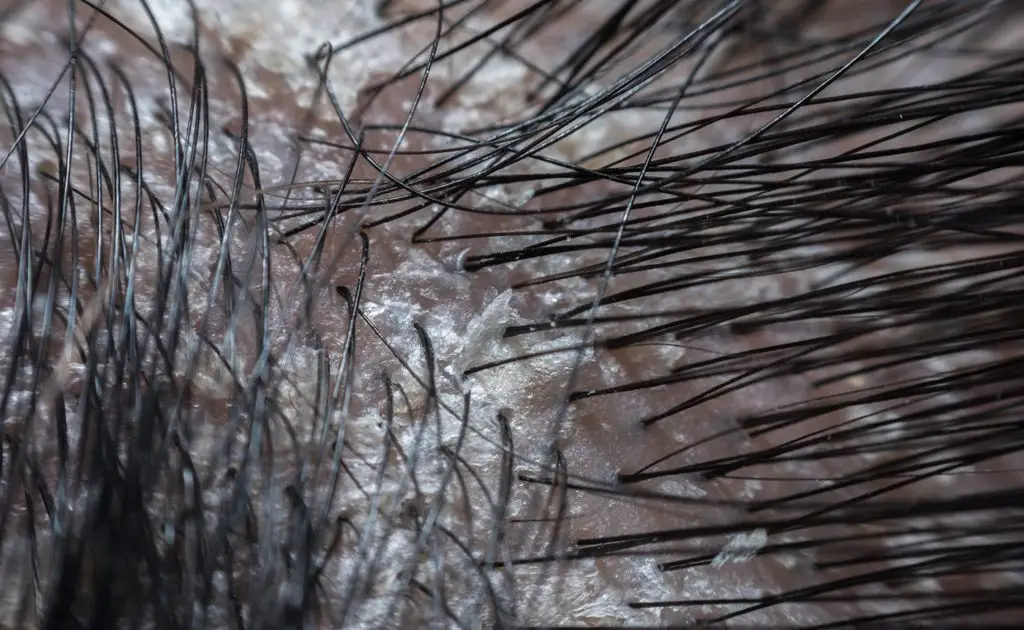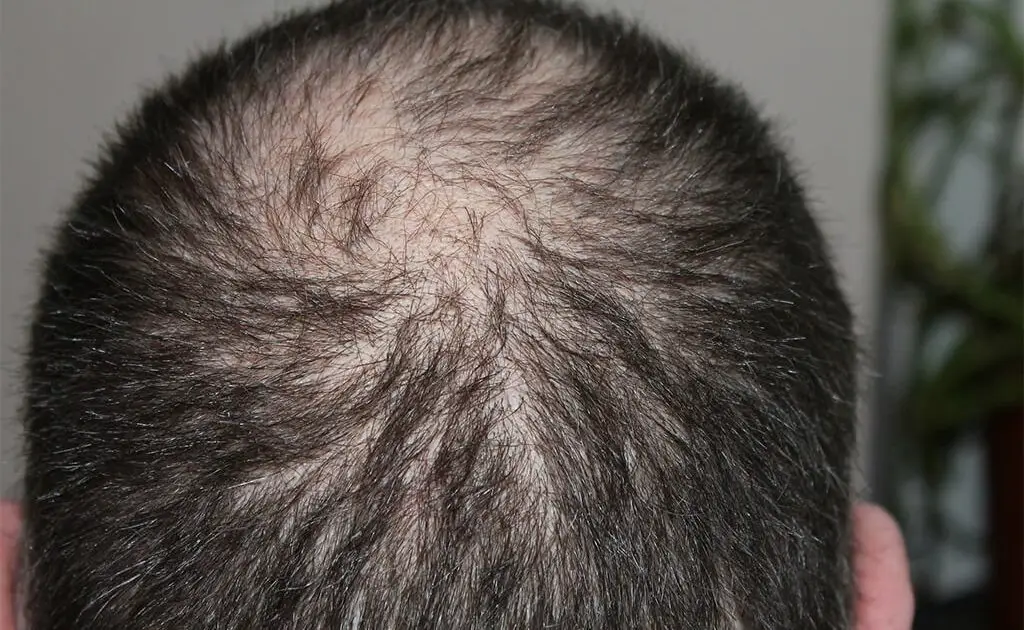Hair Transplantation is considered as one of the most aesthetic surgeries in medical history. The recent advances in technology have made this procedure more important than ever. The process includes a surgical procedure of transferring the hair follicles from one part of the head to the other part where the hairs are thinning or receding. Hair transplants usually occur under local anesthesia to ease the pain of the patient.
There are different patterns which cause hair loss. The most common cause is by genetics, a person who gets the condition from the family history. Here are the other causes of hair loss.
- Diet
- Stress
- Illness
- Hormonal Imbalance
- Medications
There are different types of hair transplant. But the ones which doctors usually suggest are Slit grafts and Micrografts. Slit graft contains 5 to 10 hairs per graft, whereas Micrografts contain 1 or 2 hairs per graft depending upon the coverage area needed.
There is no age limit for any hair transplant, but it is preferable to do it once a person crosses his/her puberty age, because, if any younger person opts for hair transplant, later hormonal changes may lead to further baldness & require more amount of hair to be transplanted.
The planning of hairline is a vital step during a hair transplant. The visibility of the hairline often denotes the quality of hair surgery by a particular hair surgeon.
How it works:
There are two main techniques which the surgeon usually prefers while transplanting the hairs, which are as follows:
1. Follicular Unit Transplantation (FUT)
- The surgeon uses a scalpel to cut out a strip of skin containing the hairs from the backside of the head.
- They cut the skin several inches long to make sure proper amount of hair follicles are in it.
- The wound is closed with the help of stitches.
- The technicians next cut the skin into several small patches containing 1-2 follicular units with the help of a sharp knife, and later the surgeon plants these follicular units where the hair thinning or receding is happening.
- It depends on the implementation of how much natural look it is going to give after transplant.
2. Follicular Unit Extraction (FUE)
In this technique, the surgeon usually makes tiny holes around the hair follicles and pulls out these hair follicles with the help of a surgical instrument around the area of the scalp where the implementation is needed.
- Later, the surgeon plants hair follicles in small holes of the recipient area over the head.
- During one session, the surgeon plants around 2500 to 3000 hairs over the affected area.
The Technique FUE is more effective than FUT as it directly deals with the hair follicles and also the precision of work is high. FUE is a less painful technique as compared to FUT. Out of 100 people, more than 70% opt for the FUE technique for hair transplant due to the higher success rate.
Related Read: Which hair transplant method is best?
A hair transplant session may take more than four-five hours depending upon the conditions.
After a hair transplant, the scalp may sore for a while, and later surgeon might advise for some medication to remove the after effect. The surgeon may suggest pain medication, antibiotics, or anti-inflammatory medication to keep the swelling down. Most of the people see the growth of new hairs after 2 to 3 months of surgery, but complete growth can be seen after 9 to 12 months.
If you are considering a hair transplant, then make sure you choose the best! Schedule yourself a free consultation with Central India’s best hair transplant surgeon.
